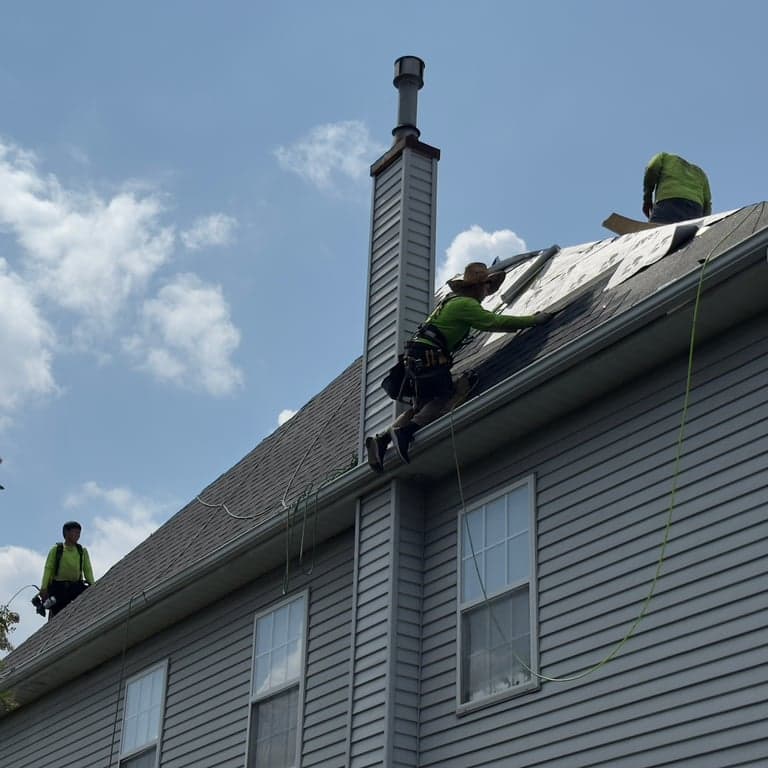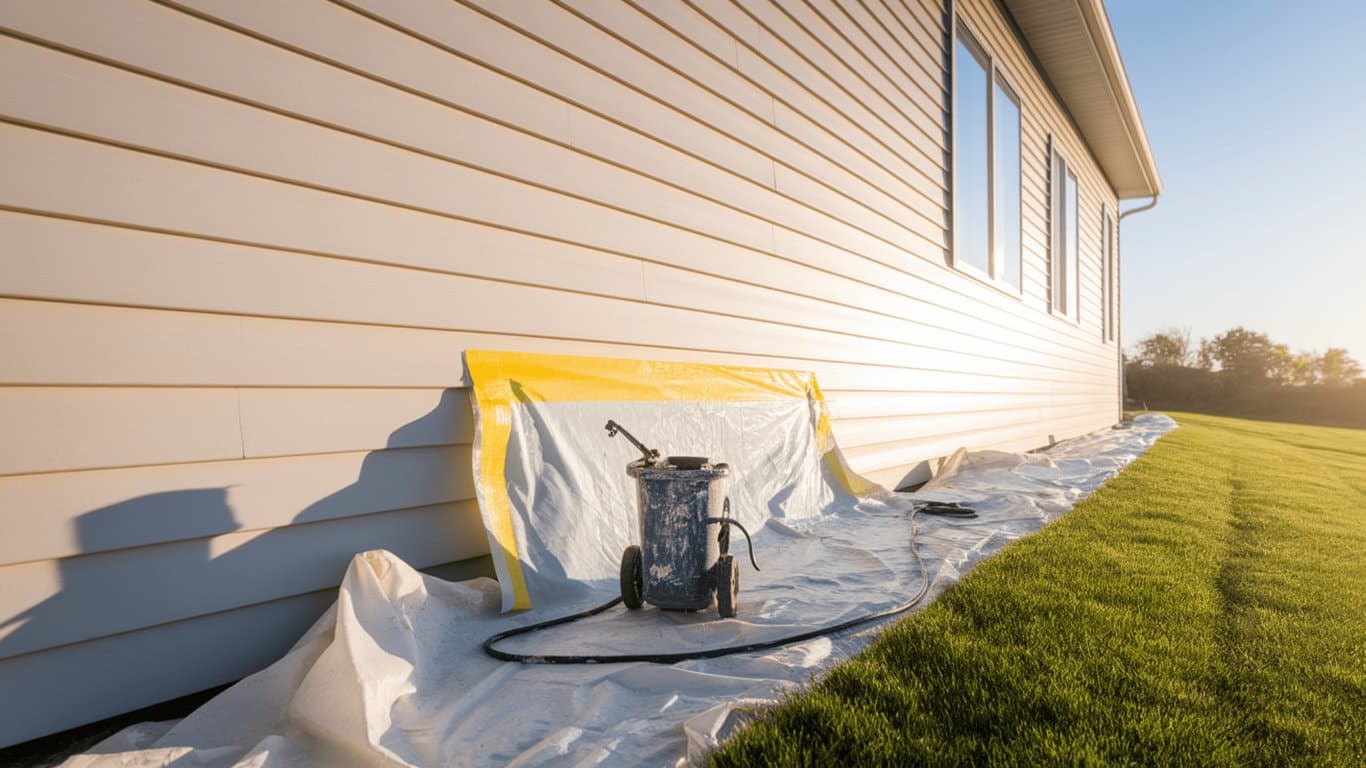How to Remove a Stripped Screw (10 Proven DIY Methods)
Few things in are as frustrating as a removing a stripped screw. You press the screwdriver in, turn, and… nothing — it just spins. The good news? You don’t need to panic or throw away your project. With the right tools and a little patience, you can get that stripper screw out without damaging what’s around it.
Below are 12 proven methods for removing a stripped screw, from quick hacks to heavy-duty fixes, along with prevention tips so it never happens again.

10 Ways to Remove a Stripped Screw (DIY)
1. Use a Rubber Band for Grip
Place a wide rubber band flat over the screw head, press your screwdriver firmly into it, and turn slowly. The rubber fills in the gaps in the stripped head, giving your screwdriver extra bite.
Pro tip: Use a thick, flat rubber band (like the kind used for produce) for better traction, and keep your wrist steady to avoid slipping.
2. Switch to a Torx or Robertson Bit
A Torx bit (star-shaped) can dig into a stripped Phillips head surprisingly well. Robertson (square) bits can also grip better than a worn cross-point.
Pro tip: Push straight down while turning — and avoid rocking the bit side to side, which can strip it further. This trick works especially well on wood screws.
3. Try Duct Tape for Extra Grip
Cut a piece of duct tape slightly larger than the screw head and press it down firmly over it. Push your screwdriver into the tape and turn slowly. The sticky surface helps hold the driver in place.
Pro tip: Double-layer the tape for more grip and make sure the surface is free of dust or oil before applying.
4. Grab It with Pliers
If the screw head is raised above the surface, use locking pliers (like Vise-Grips) to grab it tightly and turn counterclockwise.
Pro tip: For small screws, needle-nose pliers can work — just be sure to maintain a solid grip to avoid rounding the head further.
5. Use a Screw Extractor Bit
Screw extractor kits are designed for this exact situation. First, drill a small pilot hole into the screw head using the drill bit side. Then flip to the extractor side, set your drill to reverse, and slowly turn. The spiral flutes bite in and pull the screw out.
Pro tip: Buy a quality set — cheap extractors can break and make the problem worse.
6. Try a Left-Handed Drill Bit
These special drill bits turn counterclockwise, so as you drill into the screw head, they sometimes catch and unscrew it without extra tools.
Pro tip: Go slow with steady pressure. If you push too fast, you’ll just bore deeper without grabbing.
7. Apply Super Glue to the Driver Bit
Put a small drop of super glue into the stripped screw head, insert your driver bit, and let it dry completely (at least 30 minutes). Then turn slowly to remove the screw.
Pro tip: This method works best for light-duty jobs like furniture assembly, not for high-torque or rusted screws.
8. Use an Impact Screwdriver
A manual impact driver, when struck with a hammer, drives the bit deeper into the screw head while applying turning force at the same time.
Pro tip: Use this on metal or automotive projects — not delicate materials — and wear safety glasses to protect from flying debris.
9. Drill Off the Screw Head
As a last resort, use a drill bit the same size as the screw head and drill straight down until it separates from the shaft. Remove the part you were working on, then twist the remaining screw body out with pliers.
Pro tip: Work slowly to avoid damaging the surrounding surface, especially on finished wood or metal.
10. Add Abrasive for More Grip
If your screwdriver keeps slipping, dip the tip in valve lapping compound, Loctite EZ Grip, or even toothpaste. The grit creates more friction inside the stripped head.
Pro tip: This is a great “first attempt” method before moving to more invasive options.
How to Prevent Stripping Screws in the Future
Always match the bit type and size to the screw head
Apply steady, firm pressure — don’t “cam out” at an angle
Use higher-quality screws for critical projects
Keep screwdriver tips clean and sharp
For stubborn screws, loosen with penetrating oil before turning
Final Thoughts
Removing a stripped screw is part skill, part creativity. Start with the easiest methods like changing bits or using a rubber band, and only move to more aggressive techniques if needed. The right approach depends on the screw type, location, and tools you have on hand.
Related Posts

Roof Repair vs. Replacement
Not sure if your roof needs repair or full replacement? Learn the signs, costs, and pros & cons of both options so you can make a smart decision.
Get Your Free Estimate Today
Paragon Exterior is revolutionizing the roofing and siding industry. We prioritize quality, trust, and complete transparency — and we’re proud to declare it: the outdated, frustrating aspects of this field are being discarded. At Paragon, we enhance everything that truly matters: communication, craftsmanship, and care. Our mission is straightforward — to be the ideal partner for homeowners before, during, and long after the project is finished. This is how roofing and siding should be: comfortable, honest, and stress-free.


